BLOG
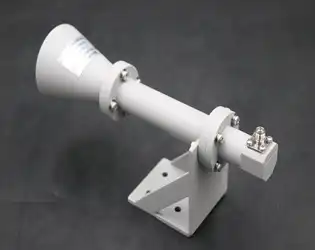
May 27, 2025
In the rapidly evolving landscape of microwave communications, the Dual Linear Broadband Dual Circular Polarization Horn Antenna stands as a revolutionary technological marvel that has transformed signal transmission capabilities across multiple industries. This sophisticated component represents the pinnacle of antenna engineering, combining versatility, precision, and robust performance in a compact design. As wireless communication demands continue to escalate, these specialized antennas have become critical in enabling high-fidelity transmission in both linear and circular polarization modes across expansive frequency ranges. Advanced Microwave Technologies Co., Ltd., with its decades of expertise, has perfected these antennas to deliver unparalleled performance for satellite communications, defense systems, telecommunications infrastructure, and cutting-edge research applications..webp)
May 27, 2025
In the rapidly evolving field of wireless communications and radar systems, antenna technology plays a pivotal role in ensuring reliable and efficient signal transmission. The Dual Linear Broadband Circular Polarization Horn Antenna represents a significant advancement in this domain, offering exceptional performance characteristics that address the complex demands of modern communication networks. This sophisticated antenna technology combines dual linear polarization capabilities with broadband functionality and circular polarization, creating a versatile solution for various high-stakes applications. Advanced Microwave Technologies Co., Ltd, with over two decades of expertise in microwave product development, has pioneered this technology to deliver unparalleled signal stability, coverage, and adaptability across challenging operational environments. This comprehensive analysis explores the performance metrics, technological advantages, and practical applications of Dual Linear Broadband Circular Polarization Horn Antennas in contemporary communication systems.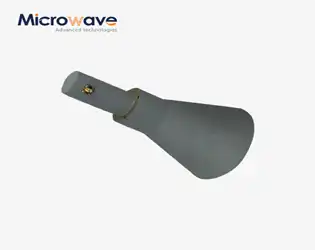
Unraveling the Intricacies of Ladder Membrane Conical Dual Circular Polarization Horn Antennas
May 27, 2025
In the ever-evolving landscape of microwave technology, Ladder Membrane Conical Dual Circular Polarization Horn Antennas stand as a testament to precision engineering and advanced electromagnetic design. These sophisticated antennas represent a significant breakthrough in the field, combining the robust performance of conical horn structures with the versatility of dual circular polarization capabilities. The unique ladder membrane configuration enables these antennas to maintain excellent polarization purity across wide frequency ranges while remaining compact and cost-effective, making them particularly valuable for applications where space constraints and signal quality are equally critical concerns.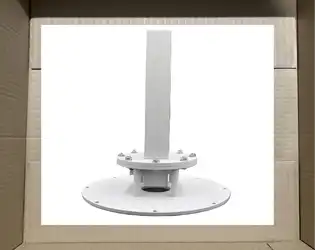
What are the common calibration methods for antenna near field measurement probes?
May 26, 2025
Calibration of Antenna Near Field Measurement Probes is a critical process that ensures accurate and reliable antenna performance assessment. These sophisticated measurement tools require precise calibration to deliver dependable data across various applications in telecommunications, aerospace, defense, and satellite communications. The calibration process involves several methodologies, each designed to address specific aspects of probe performance and ensure that measurements reflect the true electromagnetic field characteristics of the antenna under test. In this comprehensive guide, we explore the common calibration methods for Antenna Near Field Measurement Probes, their implementation techniques, and how Advanced Microwave Technologies' solutions incorporate these calibration principles to deliver superior measurement accuracy.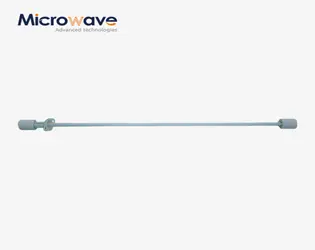
How to test the performance of coaxial cable assemblies?
May 26, 2025
Ensuring the optimal performance of coaxial cable assemblies is critical in high-frequency applications where signal integrity can make or break a system's functionality. Testing these essential components thoroughly before installation helps prevent costly system failures and troubleshooting efforts down the line. Coaxial Cable Assembly testing encompasses various parameters including impedance matching, insertion loss, return loss, phase stability, and shielding effectiveness. With frequency ranges extending from DC to 110 GHz in modern applications, proper testing methodologies have become increasingly sophisticated and vital for industries ranging from telecommunications to aerospace and defense. This comprehensive guide explores the essential testing methods, equipment requirements, and best practices for evaluating the performance of coaxial cable assemblies across various operational environments..webp)
Are there any emerging trends in low phase noise amplifier technology?
May 26, 2025
The field of low phase noise amplifier technology is experiencing significant advancements and transformative trends that are reshaping the industry landscape. As signal integrity becomes increasingly critical in modern communication systems, radar applications, and precision instrumentation, the evolution of Low Phase Noise Amplifier solutions continues to accelerate. These amplifiers, essential for minimizing unwanted phase fluctuations or jitter that degrade signal quality, are undergoing remarkable innovations focused on enhancing performance while meeting evolving market demands. From miniaturization and advanced material integration to sophisticated noise reduction techniques and improved energy efficiency, the latest developments in Low Phase Noise Amplifier technology are expanding application possibilities across satellite communications, aerospace, defense, and telecommunications sectors while simultaneously addressing challenges related to thermal management, broadband operation, and system integration..webp)
What are the key differences between AC power amplifiers and DC power amplifiers?
May 26, 2025
In the world of electronic amplification, understanding the fundamental differences between AC power amplifiers and DC power amplifiers is crucial for selecting the right equipment for specific applications. AC Power Amplifiers are specialized devices designed to amplify alternating current signals while maintaining signal integrity across varying frequencies. Unlike their DC counterparts, which amplify constant voltage signals, AC Power Amplifiers excel in applications requiring precise frequency response and signal fidelity. These amplifiers are essential components in telecommunications, aerospace, defense, and various testing environments where signal amplification needs to accommodate the oscillating nature of alternating current. Advanced Microwave Technologies Co., Ltd. has pioneered superior AC Power Amplifier solutions that deliver exceptional performance across demanding operational scenarios, combining technical excellence with practical reliability for modern electronic systems.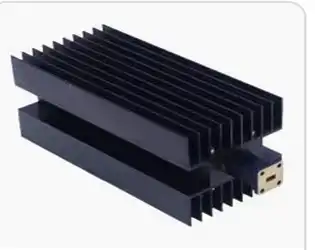
What are the core differences between active limiters and passive limiters?
May 26, 2025
In the realm of microwave technology, protection circuits are essential to safeguard sensitive components from power surges and signal overloads. Active Limiters and passive limiters represent two distinct approaches to this critical function, each with unique operating principles and performance characteristics. Understanding these differences is crucial for engineers and system designers working with high-frequency applications in telecommunications, radar systems, and satellite communications. Active Limiters provide dynamic protection through powered circuitry that actively monitors and responds to signal conditions, while passive limiters operate without external power, relying on inherent material properties to limit excessive signals automatically.




